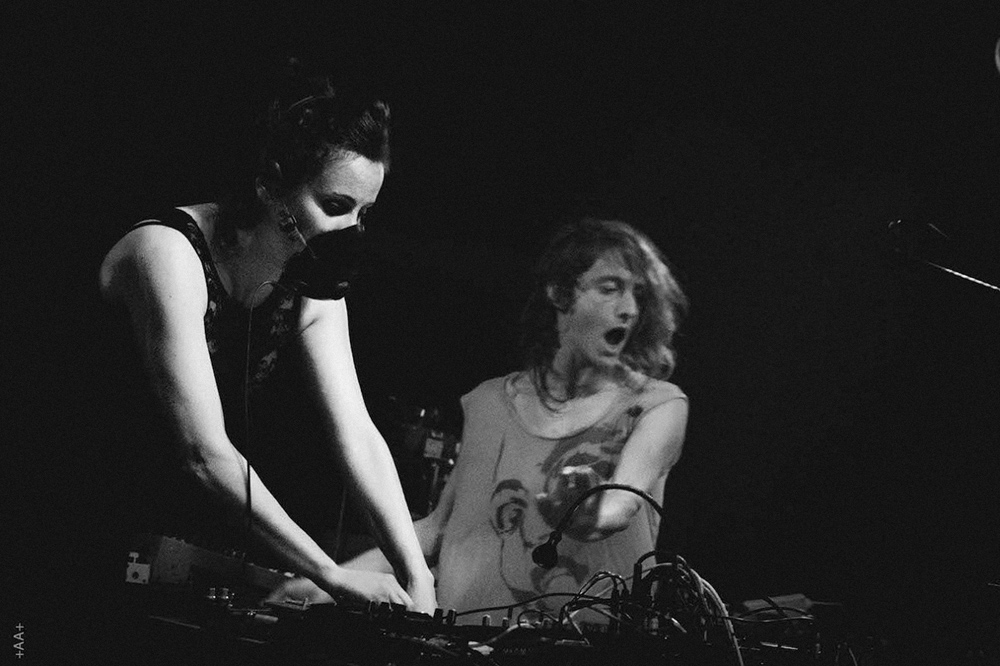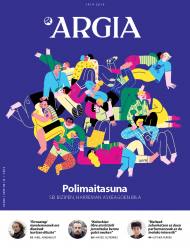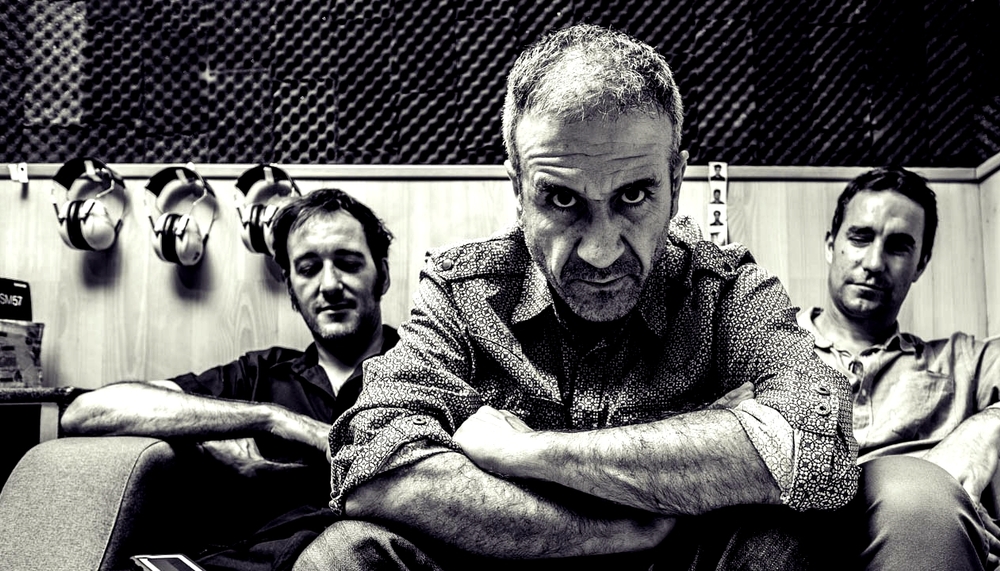From anti-virtuosity to popular music
- In 1993, the Gutariko Bat group and the Dut group were set up. That same year, the Umeak kalean ametsak akatzen discs of Les I have seen go out into the street were published in Beti Mugan Oreka desorekan and in Ama Say. The Communist Tenant and Lord Sickness were also key pieces of the Getxo Sound. Cancer Moon's Moor Room also dates back to 1993, and Negu Gorriak's Executioner has thousands of faces. The RRV had already given its best galas, it began to notice the influences of metal and hip-hop in the Basque Country and the Basque rock was gaining diversity, among other things, by the contributions of these groups.

Xabier Erkizia states that at the beginning of the decade “the sound of anti-virtuosity became a canon.” In fact, following the influences of independent music from the United States of America, classical rock forms were deconstructed and possible formulas multiplied, thanks to the investigation at the borders that seemed fixed. The Underribi collection is a good testimony to what happened in the Hondarribia area and the specimens left by the Noise Hole and Zup groups help us to better understand the Bera quarry. Matadeixe de Azkoitia, beyond the inevitable Akauzazte group, has since been the laboratory, living room and cradle of musical reference – so we refer to the Unlimited Dream Company in the section of Carlos Disaster and the group After Never, among others, to better understand the local harvest – and the industrial project Zesne eta Xantural Manterola was a metal. A good summary of all this is also the Museum Collection published in 1999.
In this latest publication you can also hear the first songs of Borroka, the group of Bera that we could locate in a second wave of the same school. Along with groups such as Lif, Temperamento, Eten and Lisabö followed the same line, although, according to Xabier Erkizia, “they were more aware of the part they did”. These, as well as those who came later, such as Sacco, Tooth or Bob Xatar, had already delineated the limits of that thunderous aesthetic further, probably, the impression of getting lost along the way.
Melting the rock
Instead of continuing to list groups and discs, it is worth looking at the changes introduced by the new millennium. In those years, the International Festival of Experimental Arts MEM in Bilbao, the San Sebastian Electronics Festival, the Arana Valley or the International Festival of Experimental Arts MEM in Bilbao, represented a certain institutionalization of noise. Arteleku’s AudioLab would also become the center of sound experimentation; and the same could be said of the collective Arto Artian or the club Le Larraskito.
Also, due to the imperatives of the times, the dismantling and play in these areas (also) caused adaptations to the form of noise. Some musicians were tired of the possibilities offered by rock and gathered the witness of pioneers such as Tzesne or Amsia, to take advantage of the multiple possibilities offered by the new techniques of sound wave manipulation. The evolutions of groups such as Billy Bao or Killerkume, led by Mattin, can be two good exponents of this, as they have blurred the violent variants of rock from which they departed and have incorporated very varied elements into the ambiguous recipe against their formulas.
With the help of breaking rock molds, there has also been the relative decline of the male model on the stage that rock itself has had. Perhaps this has aroused many exciting projects by artists such as Baseline, Miryam Rzm, Garazi Gorostiaga or Itziar Markiegi. The latter is based on the errors of electronic devices under the name of Jana Jan to create music escaping the prefabricated binary codes of the different computer accessories. We can find echoes of that desire to go beyond strict definitions, even at the very essence of gender depreciation.
From sea to source
And in these times of the digital cloud? Xabier Erkizia has pointed out that “the noise of attention and the war of attention” is what we are living now. We live in the “world of canonigos”, a cultural environment full of fleeting models that are born, become conservative and die in a very short time. Noise has always been contextual, but today more than ever. And today's contexts have a quick expiration date.
The current noise should be something that goes against this logic, facing the suffocating power and the hyperstimulation of the image that the desire eats. In response, there may be a revitalization of popular music, the result of the desire to return to its roots and rebuild it from the core. Many of those who worked at the time of Arteleku’s AudioLab with methodologies not to build new canons – in those years were found Iban Urizar, Maite Arroitajauregi, Oreka TX, Angel Unzu, Ibon Rodriguez, Oier Etxeberria or Gaizka Sarasola – and their fruits are the ones we are receiving. This trend cannot be well understood without mentioning the contributions of Xiru and the Errobi festival.
“It distinguishes between those who defend style as a religion and those who defend practices, who have no prejudices to follow that path with all the consequences.” That is what Erkizia told us, and recently two albums have been published that can illustrate it: Sestaotarra IbonRG, for example, has come to the traditional Basque singing without paying too much attention to essentialisms, following the free line of others such as BEÑAT Achiary. The Navarros Lurpekariak have edited the album Itsasotik Iturrira, composed of an improvisation of free and bold jazz on the forms and structures of popular and traditional music.
Jon Celestino, one of the participants in this latest project, states that folklore itself is nothing more than science fiction. Therefore, the Divers have as their destination a territory located beyond the limits of what is known, which ultimately unites Artze, One of Us and many more.











